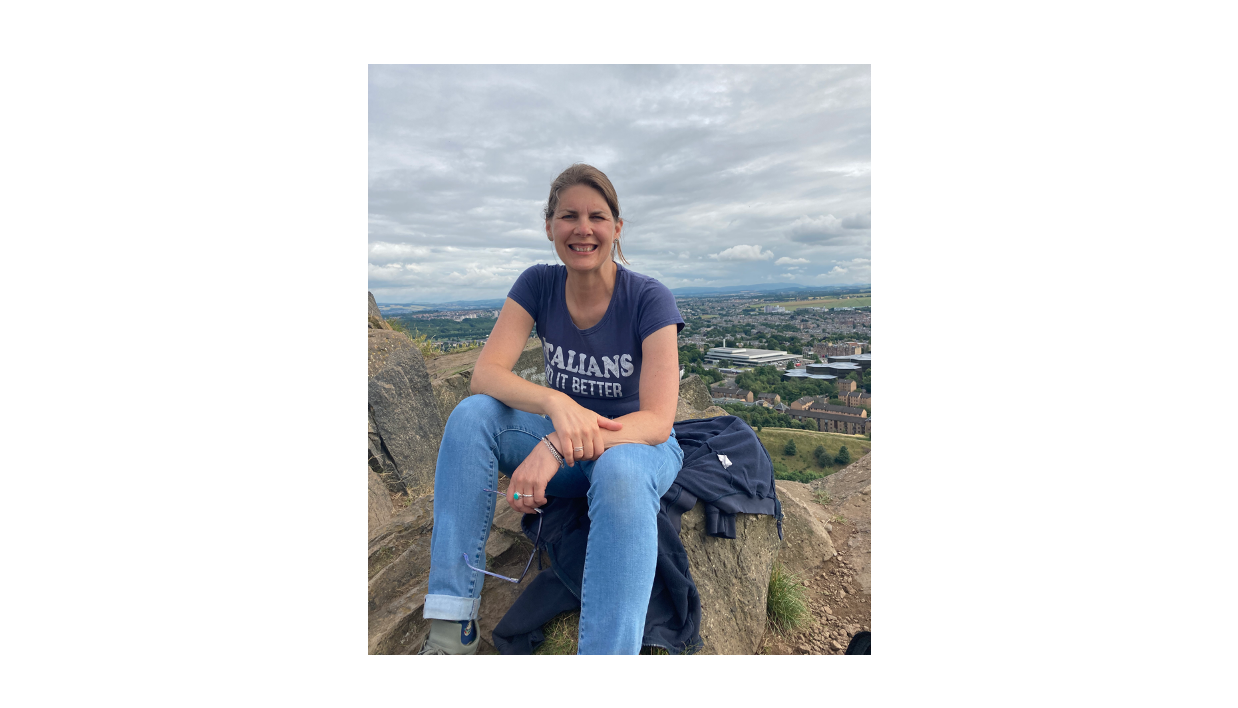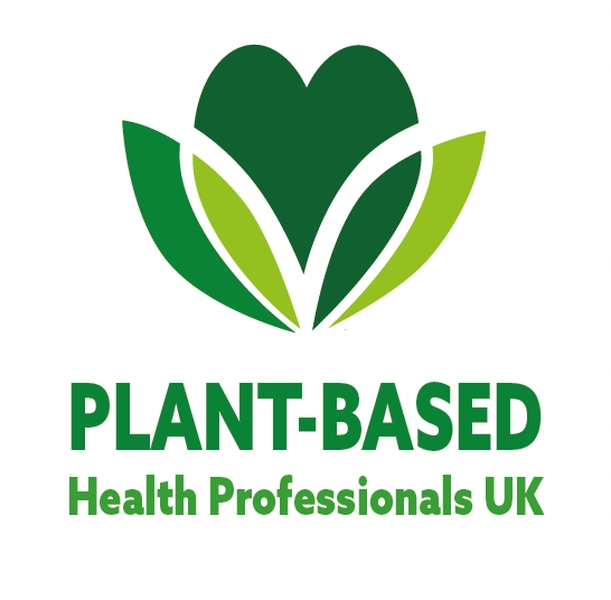
Curing migraines, a side-effect of a whole food plant-based diet
By the time the summer of 2015 was over, I knew it was time for change. To do something, make some kind of resolution and follow through.
I would soon be 44 years old and was beginning to see a gradual decline in my well-being. I had considered myself healthy; I did not take any prescribed medication and rarely felt ill, except over the counter painkillers to deal with migraines, which began after the birth of my third child in 2002. Over time, these migraines had gradually increased in intensity and frequency, and by 2015 were so regular that I counted as many days with a migraine as without in an average month. They followed a clear pattern: first visual disturbance — dancing, flashing lights and hypersensitivity to light and sound, then a sense of absent emptiness, invariably followed by a vice-like, throbbing pressure above my left eye and behind my left ear, which would lodge and remain. The pain was often unbearable and the whole process could last a week to ten days. During this time, I’d muddle through my routines absentmindedly, experienced disrupted sleep and joyless days. The process would finally be completed by one or two days of painless brainless being, where I would forget the simplest of things, such as people’s names and words for everyday objects. When I was well, the fear of the migraines recurring was overwhelming.
‘The pain was often unbearable and the whole process could last a week to ten days’.
Consulting my GP really achieved very little. He explained I would have to live with these migraines as there was no cure. His advice was simply to take up to four ibuprofen every four hours. I did not relish this prospect, and felt disappointed with the medical profession. So, I tried to help myself. For a time, I gave up chocolate, to no avail. I tried cutting out cheese, to no avail. I updated my eye prescription. No change. Migraine was the thief that stole my time and enjoyment of being and it refused to leave. I had not given up, but I had certainly arrived at a dead end.
‘When I was well, the fear of the migraines recurring was overwhelming’.
Leading up to 2015 I began to notice changes in my body. My weight had been creeping up gradually, I was constantly thirsty, felt tired even after a good night’s sleep and low in energy most days, my eating was becoming less controlled and my brain was plagued with a fog that came in hard and fast at the most inconvenient times. This time, rather than heading for another dead end, I opted to do my own research and courtesy of Google, I self-diagnosed. From what I could ascertain, it looked like I was heading for pre-diabetes or possibly even diabetes. This was serious and concerns over this development were more pressing and imminent than the migraines. I had witnessed friends with diabetes, and the prospect was not glamorous.
But realisation and action aren’t the same thing and it will often take me a long time to convert ideas into decisions and even longer to allow those decisions to spur me to action.
In September 2015 my eldest daughter was leaving for university. We took her down to Norwich and while there, were invited for lunch by friends. The food was absolutely delicious. Bread, humous, salads, olives, falafels, pickles, the table was filled with a colourful variety of dishes and I had a chance to taste rice milk. The discussion unavoidably turned to the food, and our host told me about his journey to living a whole food plant-based lifestyle. He had studied the work of Drs Colin T Campbell and Caldwell Esselstyn, read The China Study and lived according to the principles of Whole Food Plant-Based (WFPB) living for a number of years. Our conversation lodged itself in my brain and would eventually change my life for good.
I converted to plant-milk that same week. I’m not sure why that was such a simple shift and the rest of my conversion was so slow, but so it was. I transitioned to rice milk and was all in. And although I have since moved to the less sweet oat milk instead, ditching milk was the easiest part of my shift. At this point, I weighed 83kg at 170cm tall, which is in the NHS overweight category, and was more than 20kg heavier than in my early 20s. The words of my friend continued to nag at the back of my mind. Intuitively, I knew giving his advice a try was necessary. I was no stranger to ideas around living and eating healthily, and had always been physically active and what would be considered a healthy eater, consuming fruits, vegetables, grains, legumes and other healthful foods routinely. But I also consumed meat, dairy, oil, sugar and processed foods on a regular basis.
‘I learned the risks associated with eating meat and dairy. I learned about diabetes and atherosclerosis and how it may be reversed through a WFPB lifestyle’.
In April of 2017 I embarked on a research project that would take up the rest of that year. I read and read and read, watched Forks over Knives and Rip Esselstyn YouTube clips. I attended online food summits, and then read some more. I learned everything there was to know about this new way of living. I learned the risks associated with eating meat and dairy. I learned about diabetes and atherosclerosis and how it may be reversed through a WFPB lifestyle. I learned how to look after my heart. And I cooked. And cooked and cooked. I learned to cook without oil. I learned to swap out ingredients and how to bake cakes without eggs, butter and sugar. I learned to make my own bread. Lentils and I became friends. It was fascinating and exciting.
But I was also still eating those same old foods I was so reluctant to ditch. And I still felt heavy, sluggish, tired, thirsty and my brain was still filled with fog.
Everything I had learned by studying this lifestyle promised me that I would be able to reverse these symptoms and my weight would drop without me having to diet in the traditional sense. The alternative was unattractive. A lifetime of taking medication and gradually declining health. I’m also quite vain and didn’t like the way my body was changing in terms of its appearance.
Then, finally, towards the end of 2017, I knew I was ready, after two and a half years of internal conflict regarding adopting a WFPB lifestyle. I had done the research, I had learned how to cook this new way, and my kitchen was set up for embracing this diet without meat, dairy, highly processed foods and less salt, oil and sugar. January of 2018 would see me take the plunge. I would convert to living a WFPB lifestyle. I would begin to eat right, ensure I slept 7–8 hours per night and would begin to look after myself.
And I did.
Within a week I witnessed some astounding changes. Initially, I craved some of the foods I had been so accustomed to eating. Quitting the sugar habit was especially challenging. But I stuck to it, and within the first week, my brain fog cleared, I started sleeping better and was feeling less thirsty. I was amazed at how quickly my brain cleared and couldn’t understand how I could have lived in that foggy place for so long. Over the next two years, all my symptoms reversed. Feeling energetic and happy, I returned to the weight I had been in my twenties, losing about 20kg without dieting. I wasn’t perfect and not always consistent, but I loved the food I was eating and discovered that on this plant-filled diet I could eat higher volumes of food, without having to worry about weight gain. My body shape changed, I felt happy with my body once again and positive about my future.
‘Within a week I witnessed some astounding changes’.
But the best change came unexpectedly. I only realised migraines had been absent for weeks, when one started. In all the excitement about the changes brought on by the new lifestyle, I had not noticed initially that I had gone longer than normal without migraines. Then some visual disturbance, the usual starting point for at least a week of misery, occurred. The visual disturbance passed as usual, but unusually no migraine followed. This was incredible! When I reflect back on this discovery, it still makes me feel quite emotional.
‘Being cured from severe migraines was completely unexpected’.
Ever since, visual disturbances occur occasionally, migraines even more infrequently and mostly when I have fallen off the wagon and eaten foods that fit my old habits. And when they recur, they do not last as they used to, and rarely fully lodge themselves. The more closely I adhere to the plant-based lifestyle, eat right, sleep and move, the less frequent and less severe they are.
Being cured from severe migraines was completely unexpected and in my experience has not been covered that extensively in information about WFPB lifestyles. For me, it means being given a second chance free of the thief that used to steal days at a time from my existence. I am never going back to my old lifestyle. Sometimes I slip back temporarily. I’ll fall into bad habits for a few days, eat foods my body doesn’t welcome and make myself feel quite unwell in the process. But these slip-ups are growing further and further apart. Now 50, it feels like I’m ageing in reverse. Moreover, adopting the plant-based lifestyle has given me the energy and the courage to follow through with other, much needed, changes in my life. I love it and couldn’t be more grateful to the friend who simply shared his lunch.
By Nicole Gabbitas, PBHP UK member. You can connect with Nicole via Facebook (Nicole Gabbitas Kuurstra).
